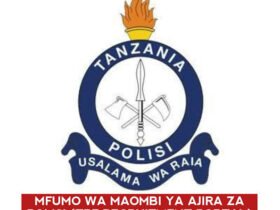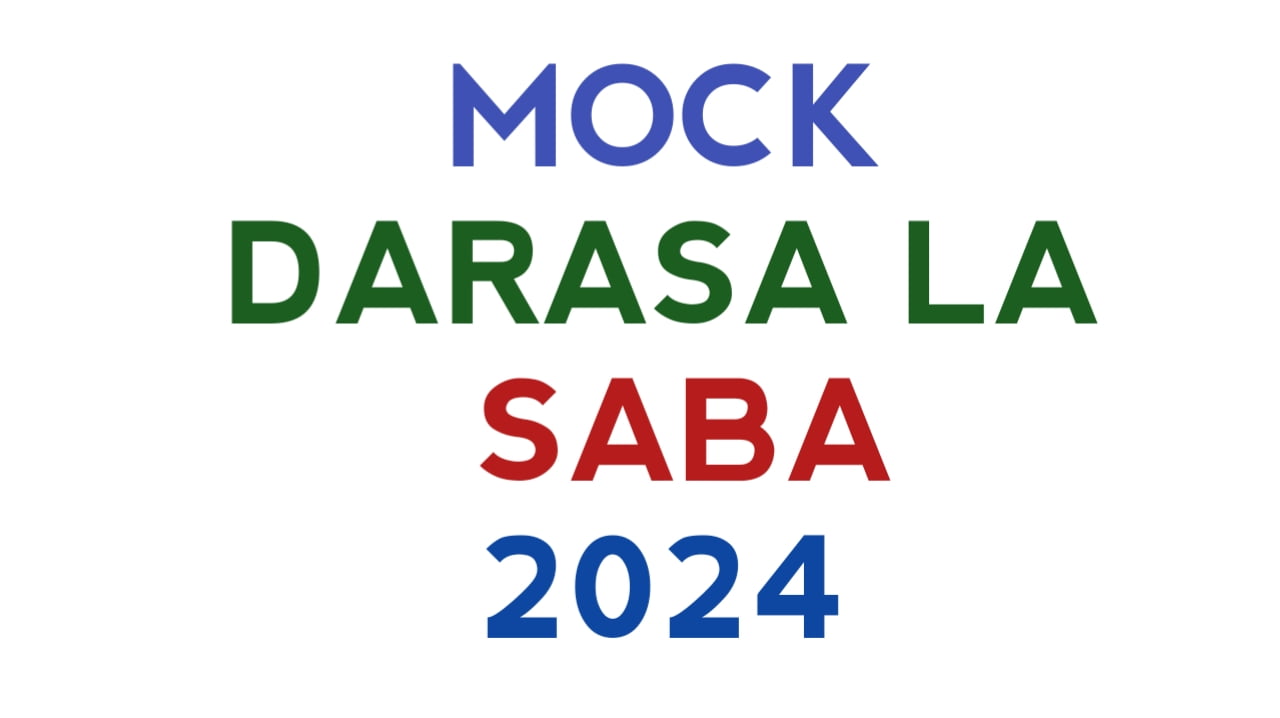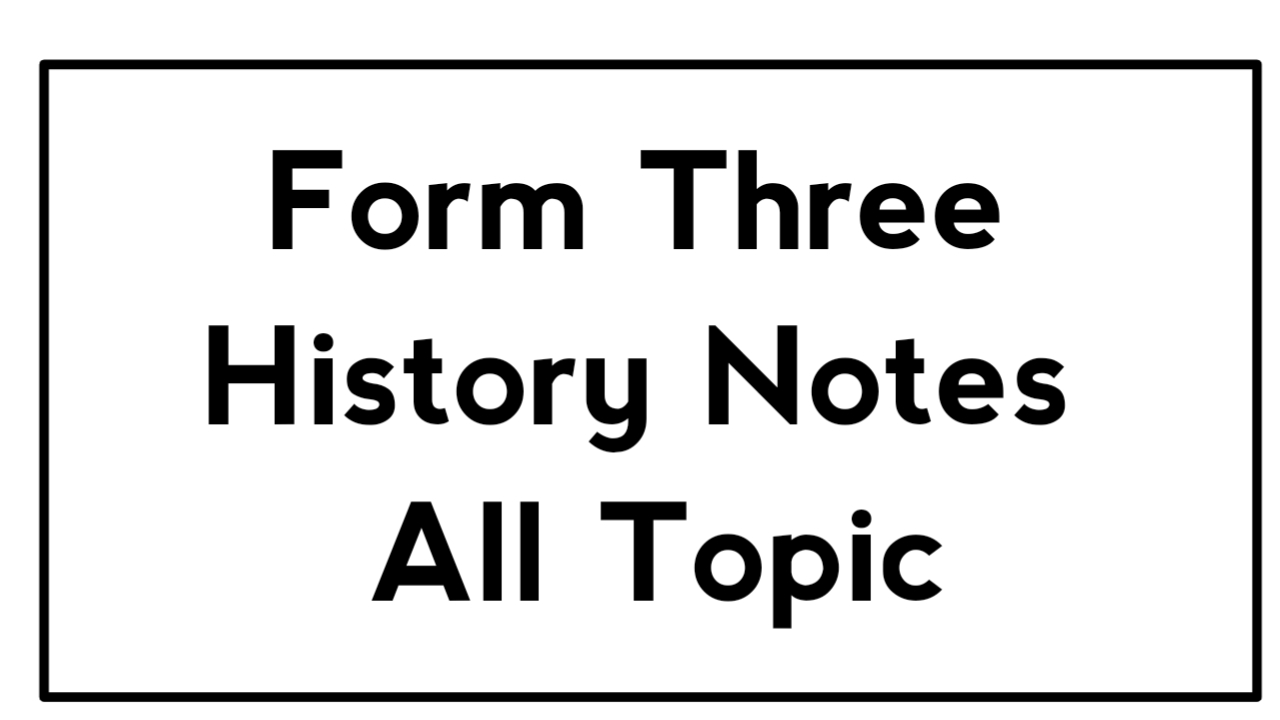Settlement: is the place where people live together and engage in various social, economic, and political activities. Example: industrial activities, Agricultural activities, educational activities.
There are two major types of settlements namely Rural and Urban Settlements.
RURAL SETTLEMENT
The basic unit of rural settlements is a number of people and functions. In rural areas the main function or activity is agriculture. The cultivators most often live in scattered family settlement. Nature of settlement are isolated, hamlet, village and small market town.
Characteristics of rural settlements:
- It is sparsely populated pattern of settlement.
- Agriculture is the major activity undertaken in rural areas.
URBAN SETTLEMENT
The basic unit of urban settlement is the number of people and economic activities or functions. This type of settlement is mostly found in large towns and cities and is characterized with continuous buildings and different economic activities. (Trade, commerce, social and industrial). Generally urban settlement has high population density where rural settlement have low population densities
Characteristics of urban settlements:
1. The number of urban settlement and their boundaries will change overtime, depending on construction activities and change of present population.
2. The delimitation of the urban settlements are independent of the administrative boundaries.
3. Urban centre are characterised by denser engaged industrial activities.
4. Trading is a major activities under taken in urban areas.
CATEGORIES OF SETTLEMENT/SETTLEMENT PATTERNS
Settlement Pattern; is the layout of dwelling in a particular place. Settlement patterns assume a distinct form as it grows, settlement patterns may be influenced by different factors such as topography of an area and availability of suitable land for farming. Transport routes and communication lines also may influence the pattern that emerges. Human factors such as an increase in population may lead to the spread of settlements because may be searching for new land to settle on.
Types of settlement patterns
Nucleated Settlement Pattern
This settlement pattern consists of cluster of dwellings, shops and other buildings in one place. The settlement is close to one another forming a cluster. Nucleated settlement may develop as a result of the availability of social services, the presence of industrial plants and limitation of building land leading to the clustering of building in one place.Settlement such as Mwadui in Tanzania and Kimberley in South Africa are nucleated mining settlements.
Linear Settlement Pattern
Linear settlement pattern may develop along communication lines or along specific physical feature such as river, the house and other structures appear to be arranged in a line along a road, a river, or canal or a coastal line such settlement may form a curve depending on the shape of the features. Linear settlements are common along the coast of East Africa, along the shores of lake Tanganyika and a long some parts of lake Victoria. They are also common along many roads and footpaths.
Dispersed Settlement Pattern
Is also referred to as scattered settlement pattern because it consists of houses and other structures which are scattered. The houses may be separate from one another by physical features such as valleys, rivers, and ridges. Dispersed settlement is common in areas where people own individual traits of land.
FUNCTIONS OF SETTLEMENT
All settlement have certain activities/useful function to justify their existence, such function are;
i) Agriculture collective center: Where farmers produce different agricultural crops and animals are marked as agriculture collective centers.
ii) Communication center: Some of settlement functions as communication centers and they perform various communication activities.
iii) Residential function: They are place where people live and share different values and culture activities.
iv) Administrative center: These are center from which the surrounding areas are administered some of these center can be district or regional center and local administration.
v) Commercial and market center: These are place where business takes place. These centers are composed of shops, markets and means of transport and communication like roads and telephones facilities.
vi) Mining center: They are settlements which have ground infertile mainly as a result of mining activities. These settlements are characterized by having mineral resources Example: Geita, Mwadui, Magadi and etc. vii) Industrial settlement/Manufacturing centre: These kind of settlement are mainly formed in town areas which grow rapidly with the establishment of industries and they normally have a certain advantage to the people living around as they provide employment and goods.
viii) Fishing centers: The river sites like ports and ocean ports are important for fishing activities.
ix) Social function settlement: They provide the health and educational facilities such as hospital, and clinic likewise the area can be places of entertainment and recreational center.
x) Royal center: These are traditional residence of monarchies, kings, queens, sultans, and their consorts.
xi) Tourist centers: These centers are mainly characterized by resort and around them many hotels which enter mainly of holiday.
FACTORS FOR SETTLEMENT GROWTH
1. A nucleated settlement is where the buildings are closed around a central point such as market square.
2. Linear settlement is where the buildings are arranged in a line usually along the river or road.
3. A dispersed settlement is where the buildings are spread out or scattered. Dispersed settlement are often found in remote, sparsely populated areas.
4. The number of urban settlement and their boundaries will change overtime, depending on construction activities and change of present population.
5. The delimitation of the urban settlements are independent of the administrative boundaries.
6. Urban centre are characterised by denser engaged industrial activities.
7. Trading is a major activities under taken in urban areas.
8. It is sparsely populated pattern of settlement.
9. Agriculture is the major activity undertaken in rural areas.
10. Provision of social services, People migrate from their original places and live near areas where social services are easily available to them. Example of social services are health centres, schools, electricity and water supply.
11. Climate conditions, people settle in good climatic areas. Rainfall and temperature have a great influence from human settlement. Areas that receive abundant rainfall and favourable temperature attract more people. This is because people are able to engage in both subsistence and commercial farming such areas are Kilimanjaro, Mbeya, Ruvuma and Iringa region where there is abundant rainfall.
12. Relief, it is a strong factor influencing settlement. Gentle slopes are ideal areas for building houses as they are well drained. Steep stops are usually uninhabited because they have thin soils which inhibit growth of crops and pasture.
13. Vegetation cover, vegetation is the total plants cover over an area. Thick vegetation discourages establishment of settlement. Dense forest such as Congo of central Africa and Amazon, in South America are not accessible. They may also be habitants for dangerous wild animals and disease carrying vectors.
14. Political factor has great influence on settlement establishment. A settlement may be located in a certain area because of political reasons for example in 1967 the government of Tanzania introduced ujamaa village where by people were settled in villages.
15. Economic factor, people establish settlement in places which offer economic opportunities. Migration from rural to urban centres is mainly due to prospects for employment and trading opportunities. Mining activities also leads to the establishments of settlements for example development of Mwadui towns was the results of Mwadui Diamond mines.
16. Cultural factors, some areas may be productive but due to some cultural beliefs people may be prohibited to establish settlements on such areas. Example mumbanitu forest in Njombe.
17. Historical factor, prior to the division of Africa some communities moved in various directions and settled in their present homelands. Those movements were caused by various factors mainly wars for example Mfecane war in South Africa.
PROBLEMS FACING HUMAN SETTLEMENT
1. Shortage of land/lack of space.
2. Inadequate social services e.g. water, electricity etc.
3. Risk and disaster occurrence e.g. floods, earth equate.
4. Employment crisis due to the increase of number of people.
5. Poor housing especially in rural areas.
6. Presence of social disorder e.g. crimes, robbery etc.
7. Environment problem e.g. Pollution, erosion.
8. Poor transport and communication.
9. Rural urban migration due to shortage of employment.
10. Spreads of disease e.g. Cholera, Aid etc. This is due to shortage of water.
URBANIZATION
Urbanization involves making an area more urban or town where by increasing portion of the total population in a country settlers in town.
CAUSES OF URBANIZATION
i) Availability of employment e.g. Trade and in distort.
ii) Availability of social service.
iii) Shortage of employment opportunities in rural areas.
iv) Over population in rural areas.
v) Low level of modern contraceptive user limited education.
vi) Natural increase in birth and death rate in Urban centres.
PROBLEMS ASSOCIATED WITH URBAN GROWTH (URBANIZATION)
i) Rise of transport problem e.g. Traffic congestion.
ii) Presence of unplanned houses.
iii) Lack of enough water supply leading to serious disease.
iv) Shortage of social services e.g. School, health centers etc.
v) Overcrowding/over population leading to the crimes such as prostitution, robber and theft.
vi) Unemployment.
vii) Rural urban migration leading to scarcity of labour in rural area.
viii) Environmental deterioration.
WAYS OF OVERCOMING PROBLEMS ASSOCIATED WITH URBAN GROWTH
i) Emphasizing seriously in family planning program.
ii) Improvement of rural areas e.g. Employment opportunities, improve social services.
iii) To educated people the danger caused by rapid population growth.
iv) Provision of adequate social service on rural and urban area.
v) Improvement of the living standard of the people.
vi) Maintenance of the cleanness of the environment.
vii) Population retribution.
viii) Enforce laws to restore unpleasant settlement.
MERITS/ADVANTAGES OF URBANIZATION
i) They are center for changes e.g. Modernization and fashion.
ii) They are centers for commerce.
iii) They attract greatly tourist from different parts of the world.
iv) They are importing and exporting centers.
v) They are center of manufacturing industries.
vi) Most of urban center are administrative areas.
vii) There is good provision of social services.
viii) They are center for cultural change.
SELF CHECK
Question1: “The living environment in Tanzania is suffering at the expense of man’s activities.” With the Support of eight points, prove this statement. (NECTA-CSEE, 2008)
Question2: What are the possible human factors which may influence the development of nucleated settlement pattern? (NECTA-CSEE (p), 2010)
Question 3: Examine eight factors which led to the growth of settlements in different parts of a country (NECTA-CSEE, 2014)
Question4: With the aid of examples, describe six factors affecting growth of settlements in Africa. (NECTA-CSEE, 2015)







Leave a Reply